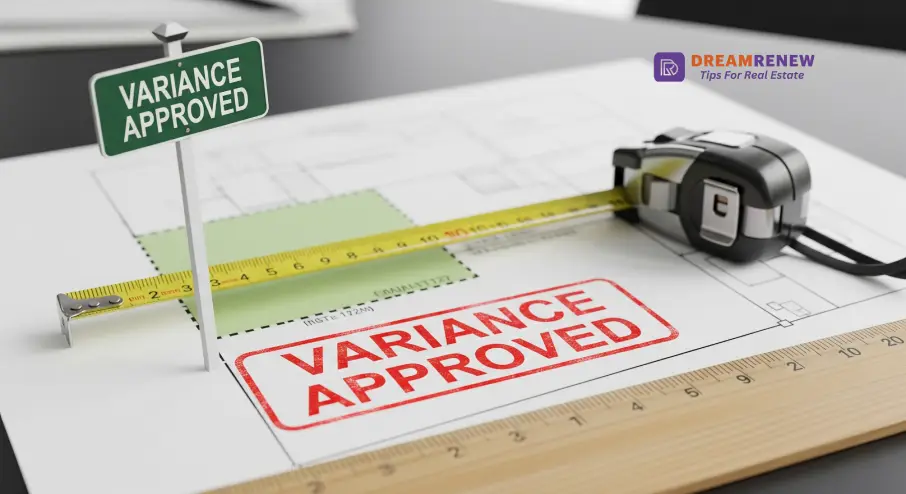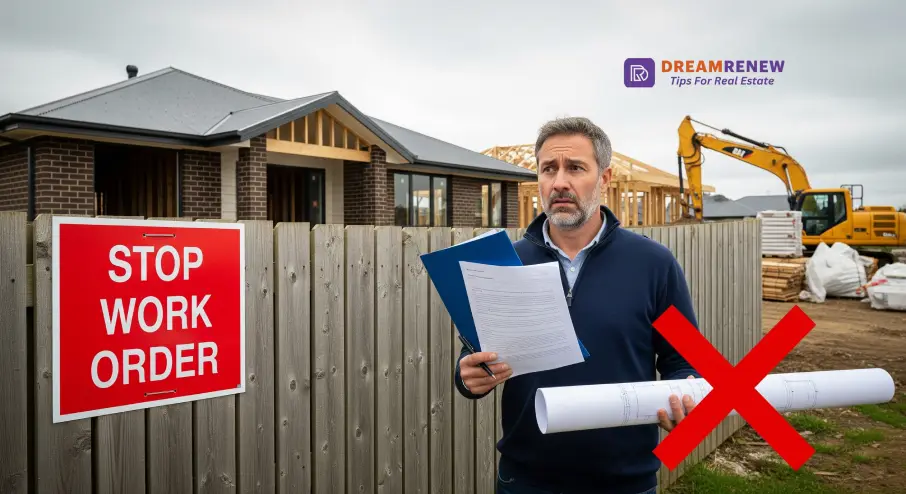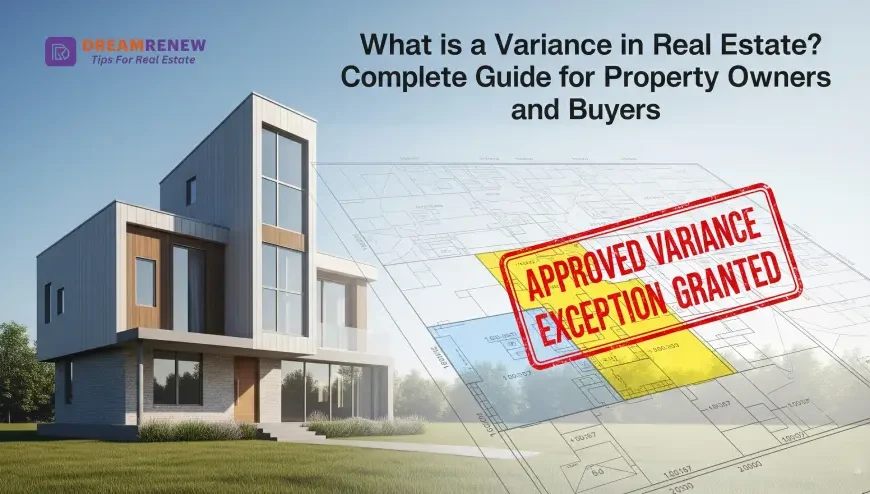When you own a piece of land or a property, you might think you have full control over how you can use it. However, in most cities and towns, zoning laws decide what can and can’t be done on your land. These laws are there to organize neighborhoods, separate businesses from homes, and maintain the overall look and safety of the community. But what happens when your plans don’t fit into those zoning rules? That’s where a variance in real estate comes in.
A variance is special permission given by the local government that allows a property owner to do something that would normally break zoning rules. It’s like an official exception that recognizes your situation is unique and deserves special treatment. This could involve building a house closer to the property line than allowed or opening a small business in a zone meant for homes. Without a variance, these actions would be illegal.
Types of Variances in Real Estate
There are mainly two kinds of variances that property owners can apply for:
Use Variance
A use variance allows you to use your property in a way that is not permitted under the existing zoning rules. For example, turning a residential home into a small café would require a use variance since commercial activity is typically not allowed in residential zones.
Area Variance
An area variance deals with the physical layout of your property. This type of variance allows you to make changes that don’t comply with the standard requirements for things like building height, distance from property lines (setbacks), lot size, or parking space.
Why Property Owners Apply for a Variance
Property owners apply for variances when their desired property use or construction plans conflict with zoning regulations. For example, you might want to build an extra garage, add a second floor to your home, or create a home office that zoning laws currently prohibit. Without a variance, these modifications would be illegal.
Often, unique property features like irregular lot shapes, steep slopes, or small lot sizes make it difficult to comply with strict zoning rules. A variance allows flexibility in such situations while still keeping the community’s broader zoning plan intact.
How to Apply for a Variance: The Step-by-Step Process
Here we discuss all the process step by step
Consult with Local Zoning Officials
The first step is to visit or contact your local zoning office. They can tell you if your project requires a variance and help you understand the process and requirements specific to your area.
Prepare a Strong Application
You will need to submit a detailed application that includes:
- A written description of your project.
- Site plans and architectural drawings.
- Photos of the property.
- A statement explaining the hardship or unique circumstances that justify the variance.
Pay the Application Fee
Most municipalities charge an application fee, which can range from a few hundred to a few thousand dollars depending on your location.
Attend a Public Hearing
Once your application is accepted, it will be scheduled for a public hearing. This is where you’ll present your case to the Zoning Board of Appeals (ZBA), and your neighbors will have the opportunity to express their support or objections.
Await the Decision
After the hearing, the zoning board will review all information and make a decision. If approved, you’ll receive official documentation granting the variance. Sometimes, conditions may be attached to ensure minimal impact on the neighborhood.
Key Factors for Variance Approval

Zoning boards don’t grant variances lightly. They evaluate applications based on:
- Hardship: You must prove that strict enforcement of zoning rules imposes an unreasonable hardship that is unique to your property.
- Not Self-Created: The problem should not be due to your own actions or decisions.
- Impact on Neighborhood: The variance should not harm the character of the neighborhood or negatively affect neighboring properties.
- Minimum Necessary Relief: The requested variance should be the smallest possible deviation needed to provide relief.
- Public Interest: Granting the variance must not compromise public safety, welfare, or long-term community plans.
Challenges in Getting a Variance Approved
Applying for a variance can be a tricky process. One major challenge is community opposition. Neighbors may object to your plans if they believe it will affect their property values, block sunlight, increase noise, or disrupt the neighborhood’s character.
Another challenge is dealing with zoning boards that strictly interpret zoning laws. Boards may deny variances if they feel the request does not meet the hardship requirement or if the applicant fails to provide strong supporting documentation. Incomplete applications or poorly prepared presentations are also common reasons for rejection.
In complex cases, hiring a land use attorney or a professional zoning consultant can significantly improve your chances of success.
Risks of Proceeding Without a Variance

Risks of Proceeding Without a Variance
Skipping the variance process and building without approval is a risky move that can result in:
- Stop-Work Orders from local authorities.
- Fines and Penalties for non-compliance.
- Demolition Orders forcing you to tear down unauthorized structures.
- Legal Battles with city officials or neighboring property owners.
- Difficulties Selling the Property due to unresolved zoning violations.
It’s always smarter to go through the proper legal process to avoid these expensive and stressful consequences.
Difference Between a Variance and a Zoning Change
Many people confuse variances with zoning changes, but they are very different. A variance is a special exception granted for a specific situation. It allows you to break a rule temporarily without changing the zoning code itself.
On the other hand, a zoning change (rezoning) is a formal modification of the zoning map that changes how a piece of land is classified. Rezoning is a broader process that can affect many properties and typically takes much longer than a variance.
Conclusion
A variance in real estate provides flexibility in situations where rigid zoning rules do not accommodate the unique characteristics of a property or the legitimate needs of a property owner. Whether you’re building a home addition, opening a small business, or dealing with unusual lot dimensions, a variance can make your project possible. However, the process requires patience, detailed preparation, and often legal guidance. Always approach a variance request with a well-documented case and a clear understanding of the community’s interests.




